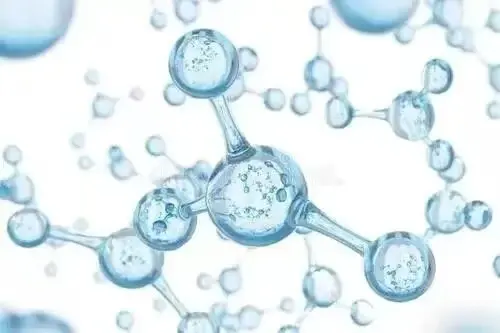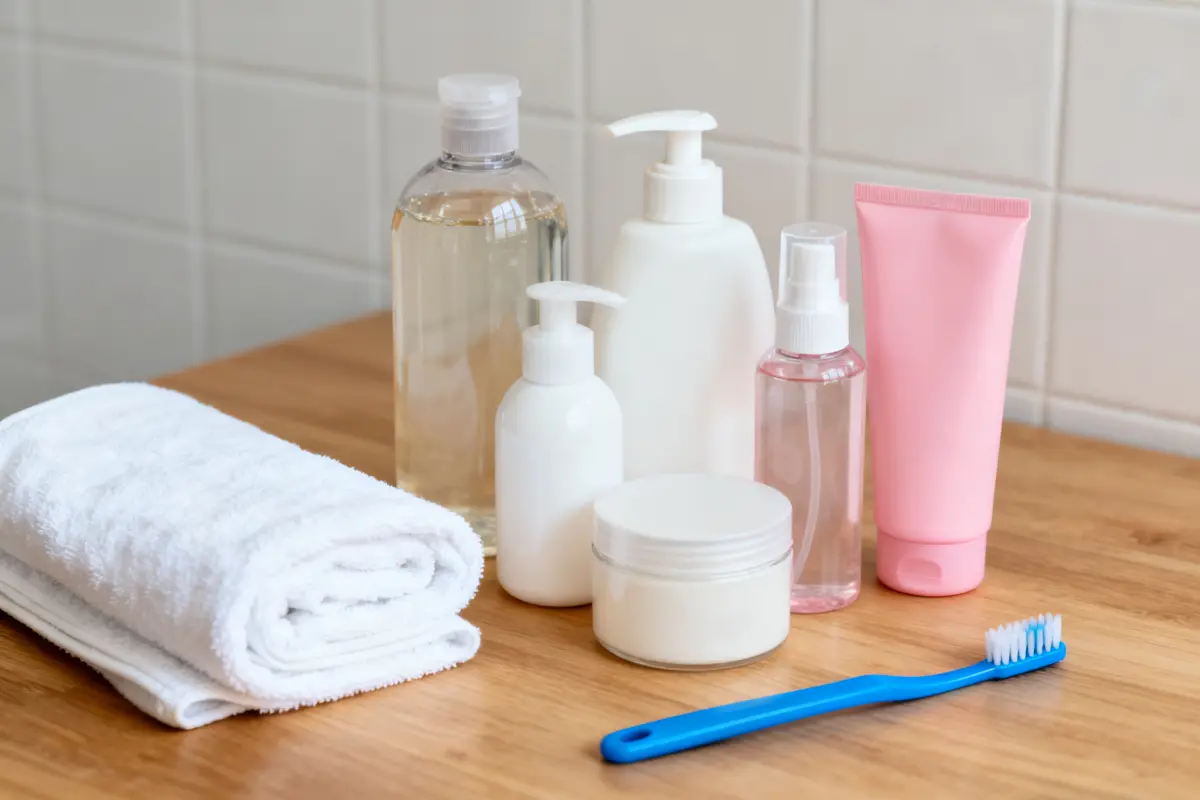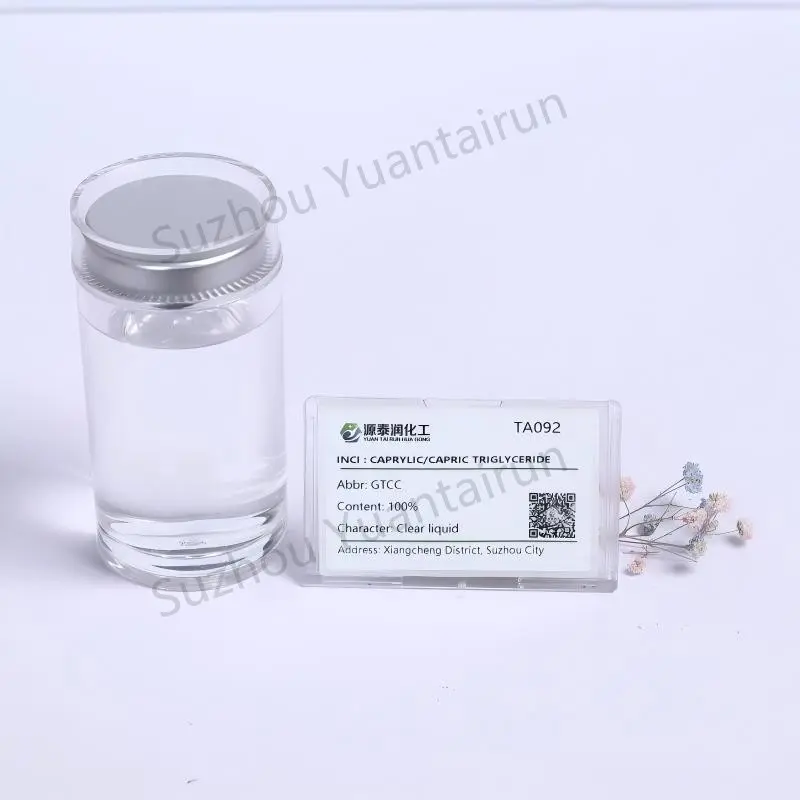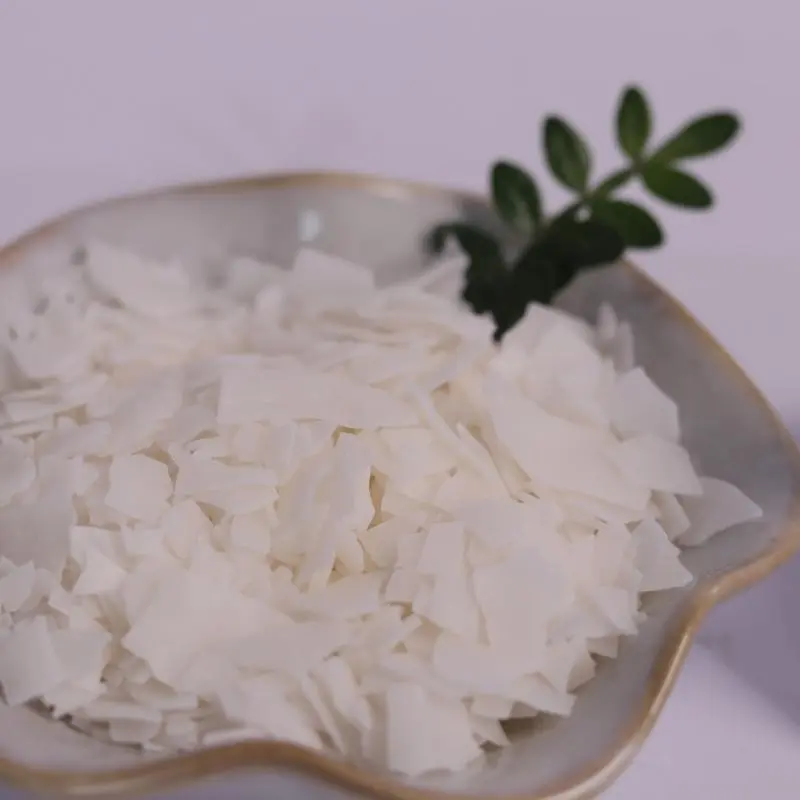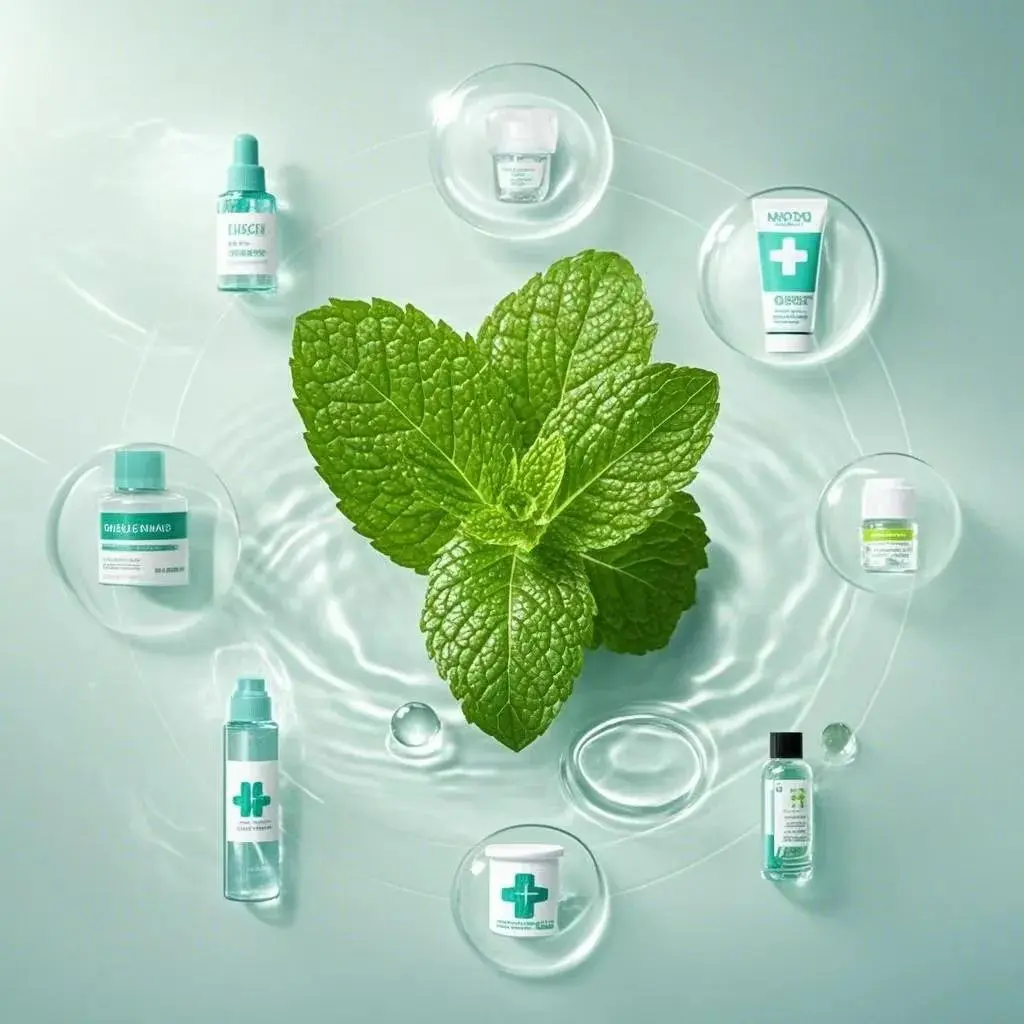Is a rich and dense foam equivalent to being gentle?
There is a saying in today's market that facial cleansers with abundant foam are more acceptable, consumers who hold this view believe that the more abundant the foam, the gentler the product.
There's actually some evidence to support this, which is that you need to add amino acid surfactants to your facial cleanser that produce a rich, thick foam.
The most common and cost-effective sodium lauroyl sarcosinate can bring a rich and large volume of foam to the whole formula, allowing users to fully enjoy the comfort of the foam for the skin, and it is also more gentle than other anionic surfactants, which verifies the previous statement. There is also a very mild amino acid surfactant with good compatibility: Sodium Cocoyl Apple Amino Acids-Which could produce richer and more dense foam compared to other various anionic surfactants under the condition of the same addition amount.
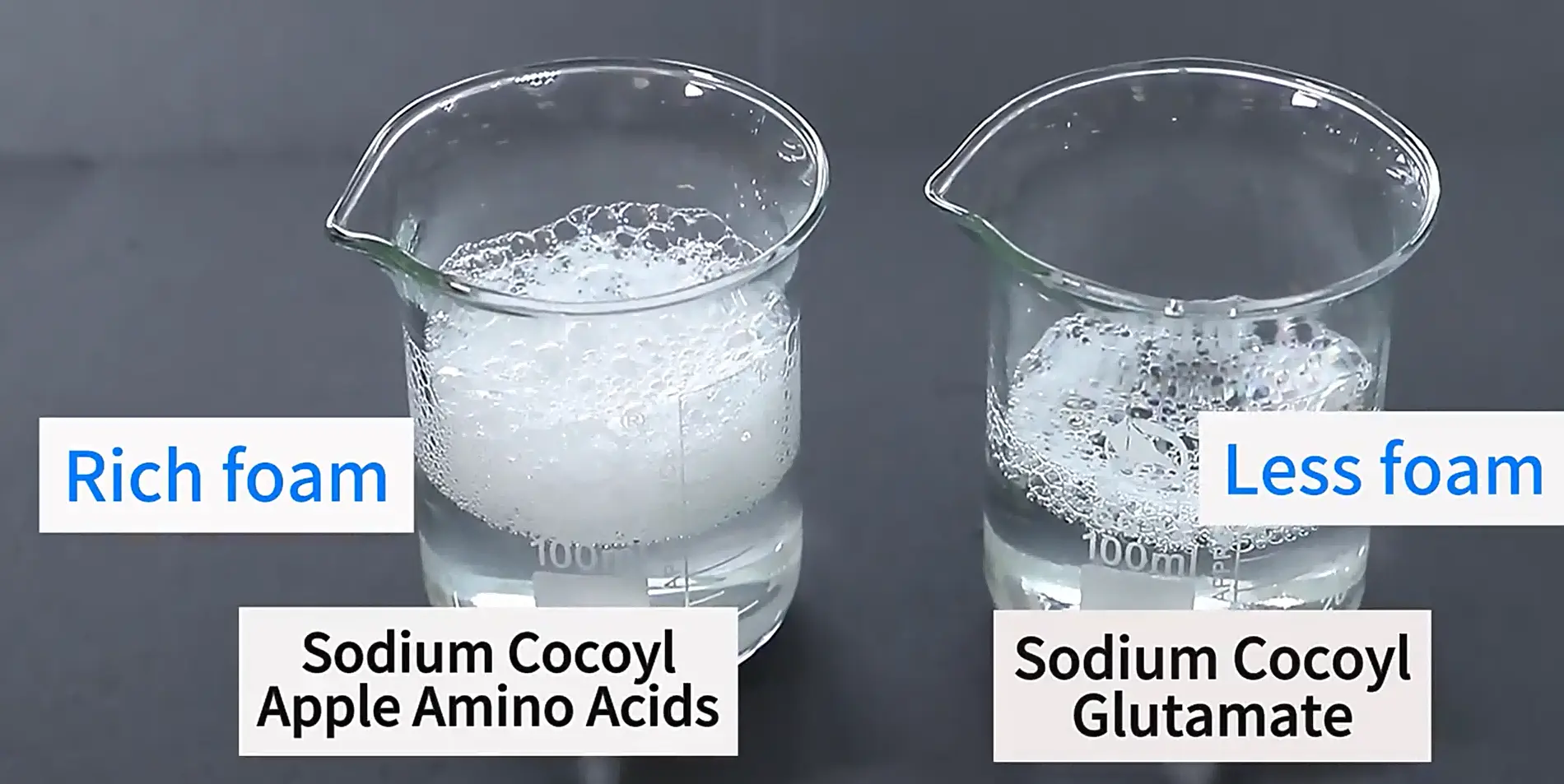
Then why are amino acid surfactants so mild compared to other surfactants?
The core reason is that their "hydrophilic head" structures are different
Conventional anionic surfactants typically feature hydrophilic head groups such as sulfate (-OSO₃⁻) or sulfonate (-SO₃⁻), which carry strong negative charges with high charge density and exhibit intense properties. In contrast, amino acid-based surfactants employ amide bonds (-CONH-) to link amino acid residues (e.g., glutamic acid, glycine). These surfactants demonstrate milder charge distribution, while the amide bond structure mimics protein peptide bonds, enabling enhanced affinity for skin keratin proteins.
The gentle nature of amino acid surfactants is demonstrated in the following aspects:
√. Minimal disruption to the skin barrier.
The skin's outermost layer consists of keratinocytes and intercellular lipids that form a "brick-and-mortar" barrier structure. Due to their mild properties, amino acid surfactants do not easily dissolve intercellular lipids or denature keratin proteins, thereby better maintaining the integrity of the skin barrier.
√. Low irritation
The amino acid surfactant is large in size, soft in charge, and compatible with the skin. It is not easy to penetrate the stratum corneum into the living cell layer, so the risk of irritation is greatly reduced.
√. The pH value is weakly acidic.
The solution of most amino acid surfactants (especially glutamate) itself is weakly acidic, which is very close to the skin pH value, so it is called "pH affinity". This condition is crucial for maintaining the skin microecology and barrier function.
√. Excellent foaming and wash feelings
Amino acid surfactants produce abundant, delicate and stable foam for a good cleaning experience. After rinsing, it feels refreshing without the dryness that conventional soap-based products bring to the skin, because they do not over-deplete grease while effectively cleaning.

